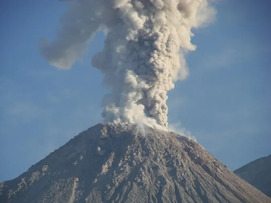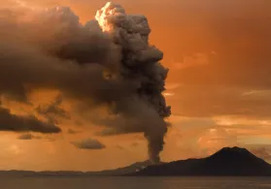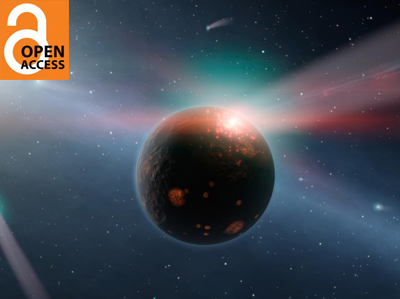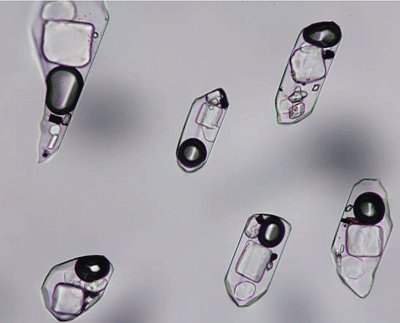Volcanic Sulfides and Outgassing
Sulfides are a major potential repository for magmatic metals and sulfur. In relatively reduced magmas, there may be a dynamic interplay between sulfide liquids and magma degassing as magmas ascend/erupt. Sulfide-bubble aggregates may segregate to shallow levels. Exsolved fluids may oxidize sulfides to produce SO2 gas and metals, which can vent to the atmosphere with chalcophile metal ratios reflecting those in their parent sulfide liquids. Sulfide breakdown and/or sequestration timing and balance define the role of sulfides in both ore formation and the environmental impacts of volcanic eruptions, including during the evolution of large igneous provinces, which are key periods of heightened volcanism during Earth history.
Volcanic Sulfides and Outgassing Read More »





